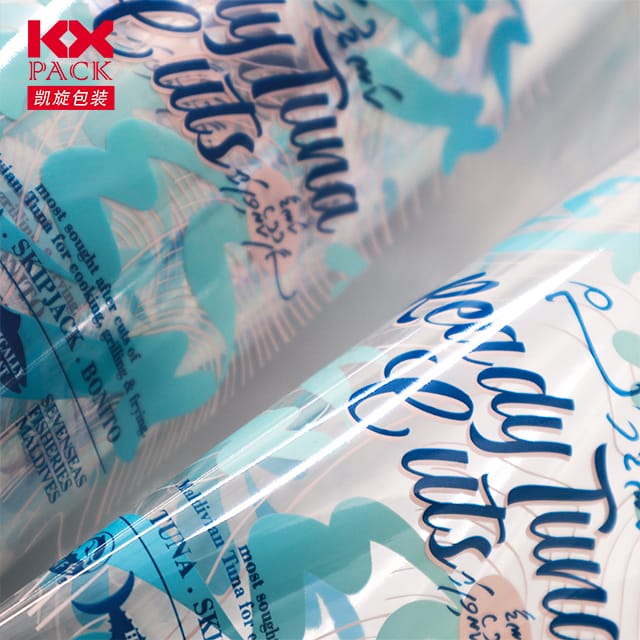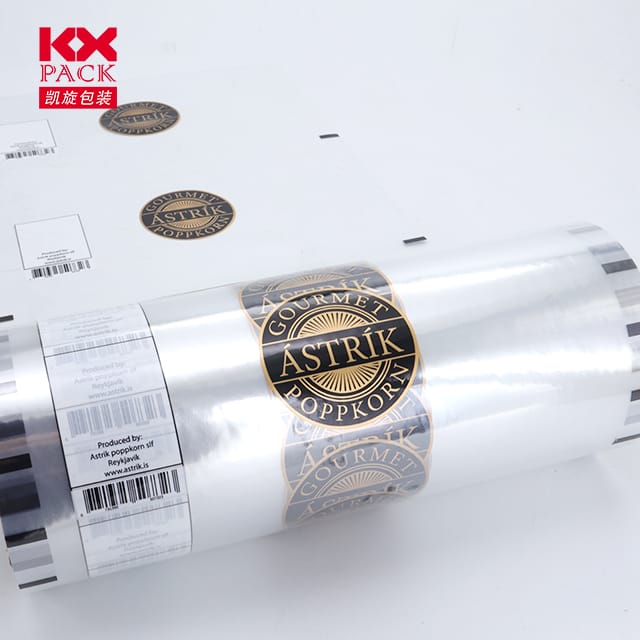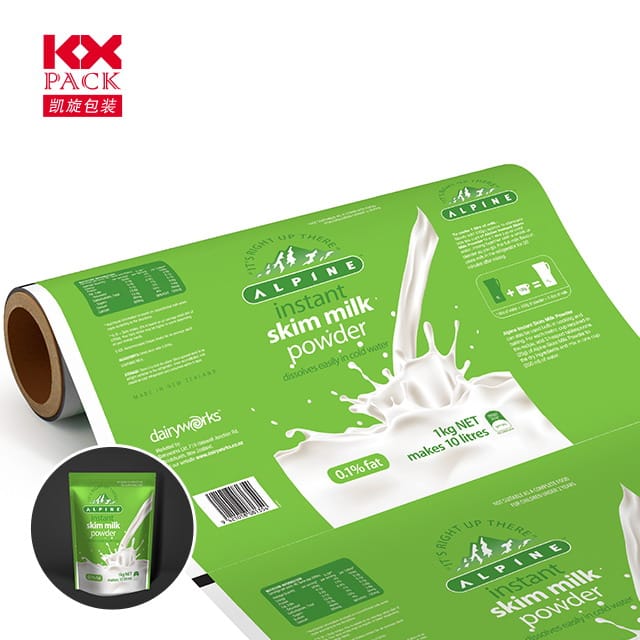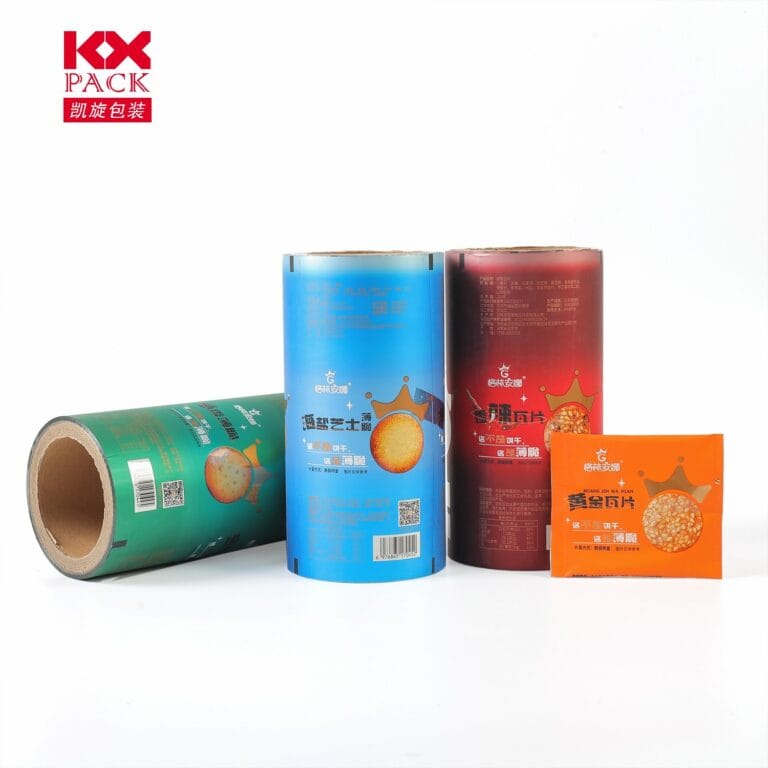سيف ذو حدين للأغشية البلاستيكية في تغليف المواد الغذائية: الراحة مقابل. الاستدامة
أفلام بلاستيكية
في محلات السوبر ماركت في جميع أنحاء العالم, تقوم الأفلام البلاستيكية بتغليف كل شيء بدءًا من المنتجات الطازجة وحتى الوجبات المطبوخة مسبقًا, ضمان نضارة وتمديد مدة الصلاحية. حتى الآن, كمخاوف بيئية جبل, هذه شفافة, المواد متعددة الاستخدامات تواجه التدقيق. دعونا نستكشف دور الأفلام البلاستيكية في تغليف المواد الغذائية, فوائدهم, عيوب, والابتكارات التي تشكل مستقبلًا أكثر اخضرارًا.
1. لماذا تهيمن الأفلام البلاستيكية على تغليف المواد الغذائية؟
الأفلام البلاستيكية - طبقات رقيقة من البوليمراتالبولي إيثيلين (PE), البولي بروبيلين (ص), وكلوريد البوليفينيل (بولي كلوريد الفينيل)- موجودة في كل مكان لسبب وجيه:
- قوة الحفظ: أنها بمثابة حواجز ضد الأكسجين, رُطُوبَة, والملوثات, تباطؤ التلف. على سبيل المثال, تغليف جو معدل (رسم خريطة) يستخدم الأفلام البلاستيكية لتنظيم مستويات الغاز, حفظ الفراولة طازجة لأسابيع.
- فعالية التكلفة: إنتاج الأفلام البلاستيكية أرخص من البدائل مثل الزجاج أو المعدن, مما يجعلها مثالية لسلع السوق الشامل.
- خفيفة الوزن ومرنة: تسمح قابليتها للطرق بأشكال مخصصة للوجبات الخفيفة, اللحوم, والجبن, تقليل هدر المواد مقارنة بالتغليف الصلب.
- الشفافية: تتيح الأفلام الشفافة للمستهلكين فحص المنتجات دون فتحها, تعزيز الثقة والحد من هدر الطعام الناتج عن السلع التالفة.
2. الضريبة البيئية: أزمة في طور التكوين
على الرغم من مزاياها, تساهم الأفلام البلاستيكية بشكل كبير في التلوث العالمي:
- هيمنة الاستخدام الفردي: زيادة 80% من الأفلام البلاستيكية يتم استخدامها مرة واحدة ويتم التخلص منها, وينتهي بها الأمر في مدافن النفايات أو المحيطات. أ 2022 وجدت الدراسة أن التغليف البلاستيكي يمثل 46% من النفايات البلاستيكية العالمية, مع كون الأفلام الجاني الرئيسي.
- تحديات إعادة التدوير: معظم الأفلام هي غير قابلة لإعادة التدوير بسبب التلوث (على سبيل المثال, بقايا الطعام) أو مواد مختلطة (على سبيل المثال, PE جنبا إلى جنب مع المواد اللاصقة). فقط 4% من الأفلام البلاستيكية يتم إعادة تدويرها في الولايات المتحدة., لكل وكالة حماية البيئة.
- خطر البلاستيك الدقيق: تنقسم الأفلام المتدهورة إلى مواد بلاستيكية دقيقة, تسلل النظم البيئية وحتى الأجسام البشرية. تشير الأبحاث إلى أن الشخص العادي يبتلع 5 جرامًا من اللدائن الدقيقة أسبوعيًا– أي ما يعادل بطاقة الائتمان.
3. الابتكارات تعيد تعريف الأفلام البلاستيكية
وتتجه الصناعة نحو الاستدامة من خلال هذه الاختراقات:
- البدائل القابلة للتحلل:
- حمض البوليلاكتيك (جيش التحرير الشعبى الصينى): مشتقة من نشا الذرة, تتحلل أفلام PLA في السماد الصناعي بداخلها 90 أيام. علامات تجارية مثل طبيعة يستخدمون PLA للسلطات والسندويشات الطازجة.
- الأفلام القائمة على السليلوز: مصنوعة من ألياف نباتية, هذه الأفلام صالحة للأكل وقابلة للتحويل إلى سماد منزلي. شركات مثل يكتب تقديم أغلفة قابلة للتحلل لألواح الجرانولا وكبسولات القهوة.
- تقنيات إعادة التدوير المتقدمة:
- إعادة التدوير الكيميائي: عمليات مثل الانحلال الحراري تحليل المواد البلاستيكية المختلطة إلى مواد خام للأفلام الجديدة. تستثمر شركتا نستله ودانون في هذه التقنية لإعادة تدوير العبوات المرنة.
- الانهيار الأنزيمي: الشركات الناشئة مثل كاربيوس استخدام الإنزيمات لإزالة بلمرة أفلام PET إلى مونومرات قابلة لإعادة الاستخدام, إغلاق الحلقة.
- أفلام ذكية لإطالة مدة الصلاحية:
- العبوة النشطة: الأفلام المملوءة كاسحات الأكسجين أو عوامل مضادات الميكروبات (على سبيل المثال, جسيمات الفضة النانوية) يمكن أن يضاعف عمر المواد سريعة التلف مثل اللحوم والجبن.
- الطلاءات الصالحة للأكل: طبقات رقيقة من الشيتوزان (من المحار) أو شمع العسل خلق حواجز للتنفس, تقليل الاعتماد على المواد البلاستيكية الاصطناعية.
4. الطريق إلى الأمام: الموازنة بين التطبيق العملي والكوكب
في حين أن الابتكارات واعدة, هناك حاجة إلى تغييرات نظامية:
- دفع السياسة: ويجب على الحكومات أن تنفذ مسؤولية المنتج الموسعة (EPR) القوانين, مطالبة العلامات التجارية بتمويل البنية التحتية لإعادة التدوير. الاتحاد الأوروبي توجيه المواد البلاستيكية ذات الاستخدام الواحد يحظر الأفلام غير القابلة للتحلل 2030.
- تحولات سلوك المستهلك: إن تثقيف المتسوقين لاختيار الحاويات القابلة لإعادة الاستخدام أو الشراء بالجملة يمكن أن يقلل من استخدام الأفلام. متاجر خالية من النفايات, والتي تسمح للعملاء بملء الجرار الخاصة بهم, تكتسب قوة الجر.
- التعاون الصناعي: مبادرات مثل الاقتصاد البلاستيكي الجديد الالتزام العالمي اتحدوا 500+ الشركات للتخلص من المواد البلاستيكية المسببة للمشاكل وتعزيز المحتوى المعاد تدويره في الأفلام.
استنتاج: إعادة النظر في "الغلاف" على تغليف المواد الغذائية
تعتبر الأفلام البلاستيكية بمثابة شهادة على براعة الإنسان في حماية الغذاء, تقليل النفايات, وتمكين تجارة الأغذية العالمية. حتى الآن, وتتطلب تكلفتها البيئية اتخاذ إجراءات عاجلة. من خلال تبني المواد القابلة للتحلل البيولوجي, الاستثمار في تكنولوجيا إعادة التدوير, وإعادة تصميم أنظمة الدائرية, يمكننا الحفاظ على الراحة والكوكب.
في المرة القادمة التي تقوم فيها بفك وجبة خفيفة, اسأل نفسك: هل يمكن أن يكون هذا الفيلم جزءاً من الحل؟, ليست المشكلة? شارك نصائحك الخاصة بالتعبئة المستدامة في التعليقات! 🌍🍴







